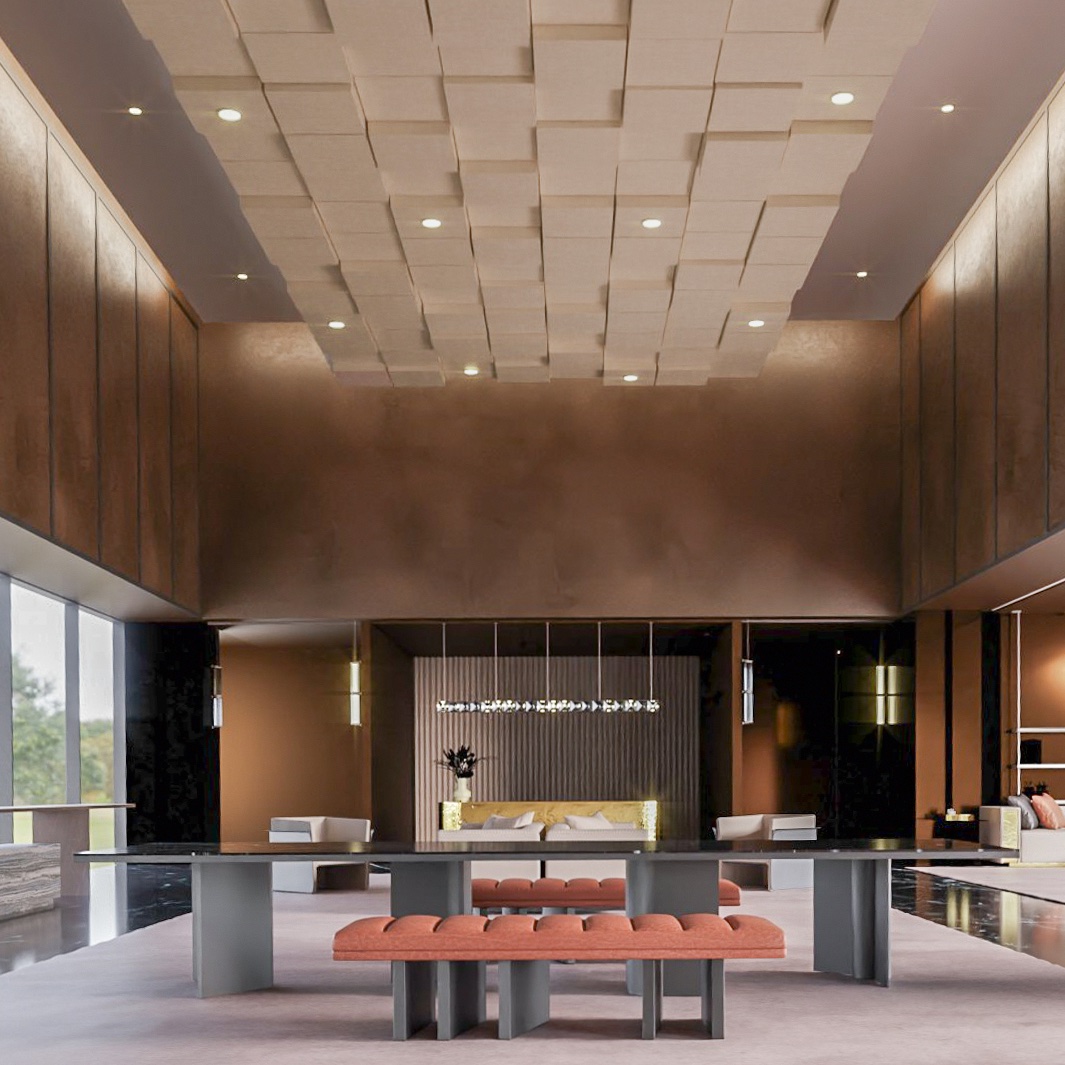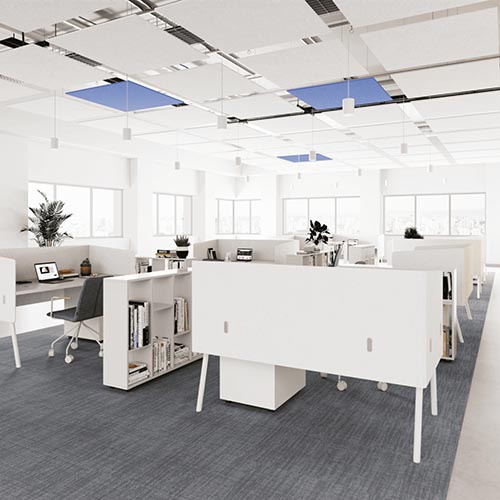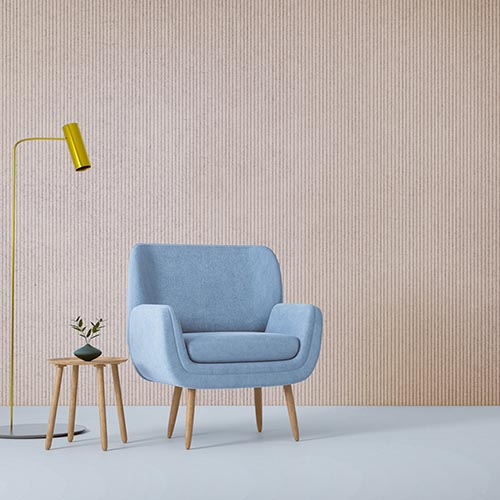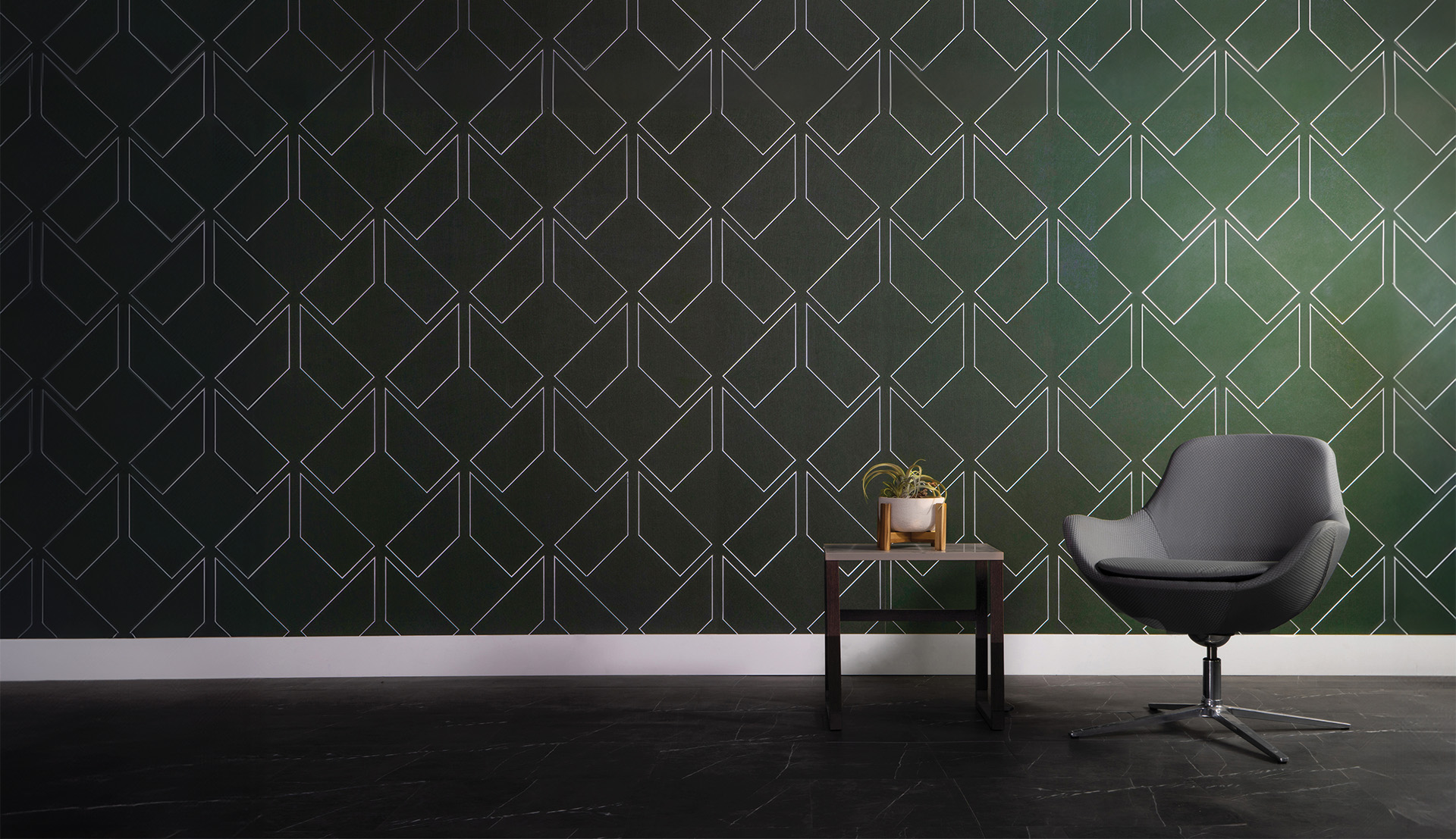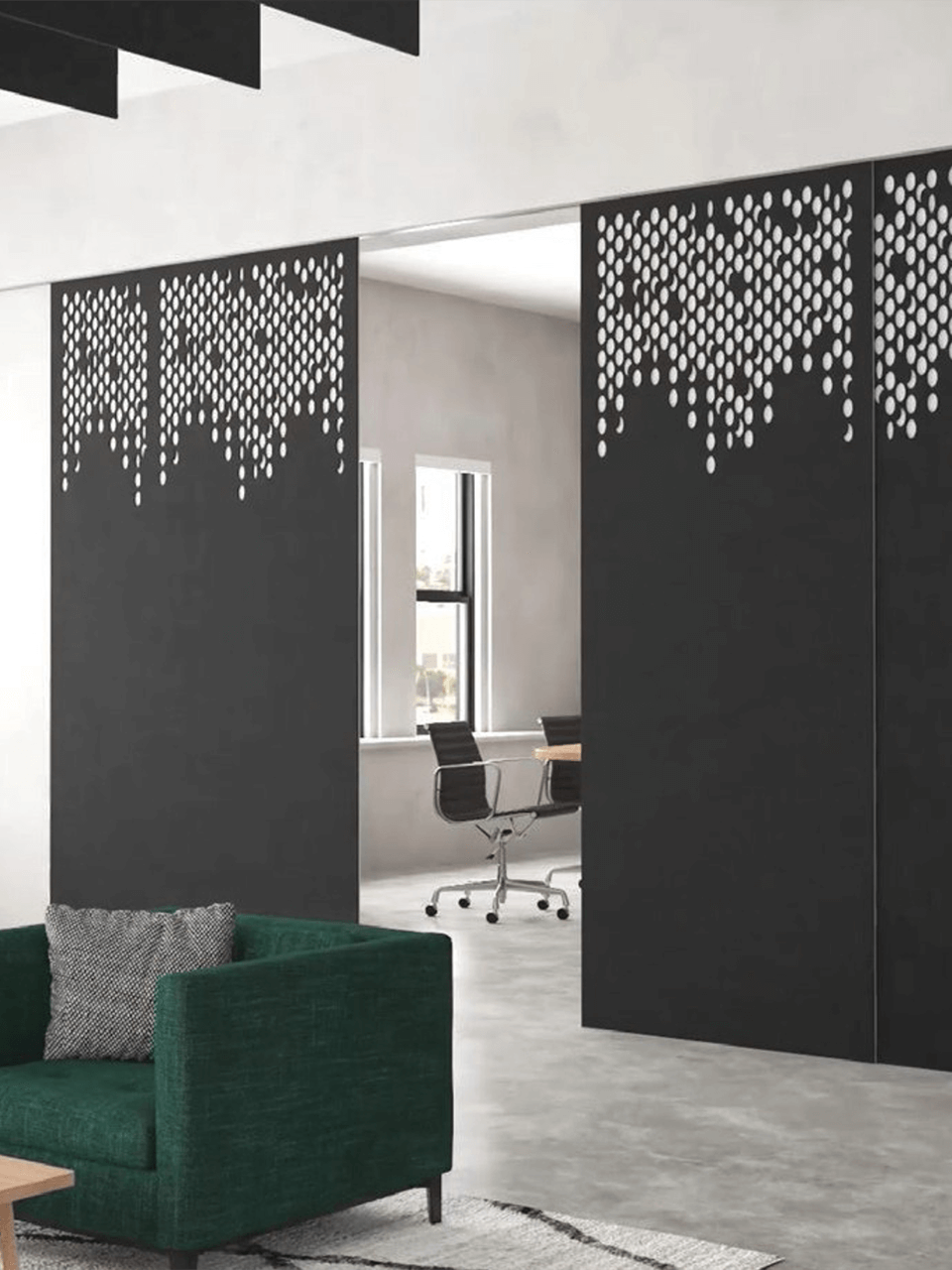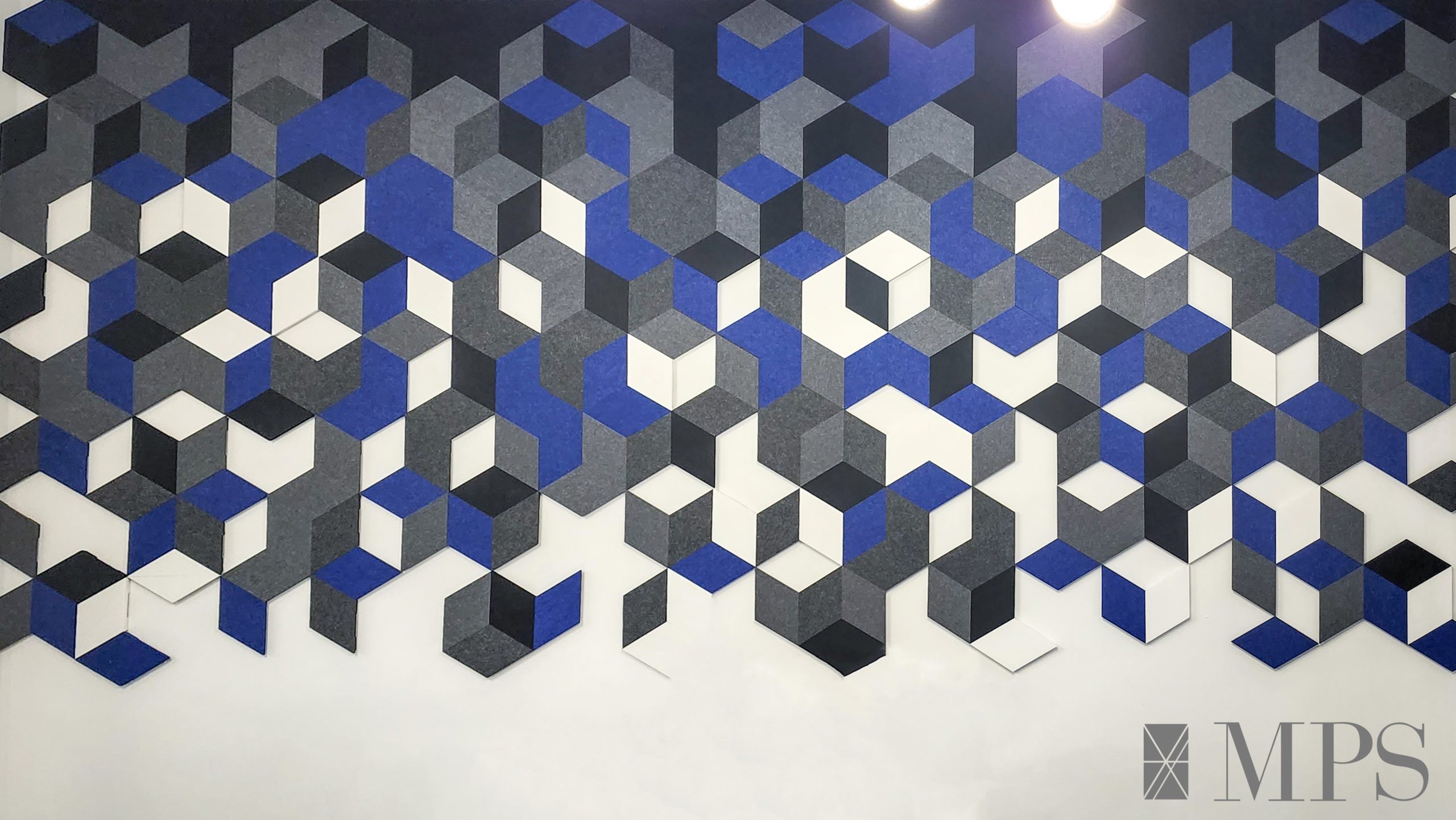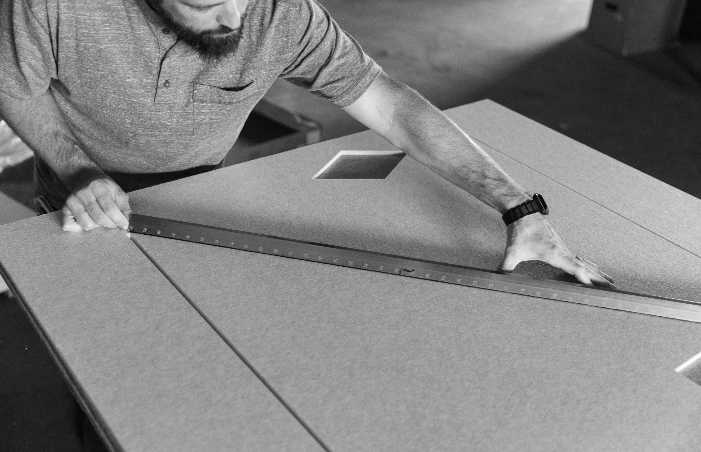When the open office did away with cubicles, it also did away with the three types of privacy in the workplace (not counting personal privacy of course): visual, territorial and acoustical.
http://webbanki.ru/zaim-bez-otkazaThese were large components of the age of cubicles, giving each employee three walls to block auditory and visual distraction from everyone else in the office, and designating their territory within those three walls.
Visual and territorial privacy are no longer present in today’s smarter workspaces. With the advent of the mobile workforce and smaller and smaller computers, workstations have evolved to match the needs of workers, who may come into the office to work together as much as to focus on individual tasks.
Workers’ choice environments
Flex spaces, focus spaces, co-working spaces, zones within a zone: these are task-based setups, assigned to teams rather than individuals. Designers and CEOs now like to give back control of the work environment to their employees through the choice of where to work. They can put their heads together or closet themselves away from everyone else according to need.
With the costs of office real estate continuing to rise, this workers’ choice environment is the evolution of the open office, meant to maximize the functionality of space by adding function instead of square footage.
The adoption of this flexible work environment has proven visual and territorial privacy as non-essential. Privacy in the workplace is down to a minimum.
But auditory privacy is essential. 70% of the world’s employees point to noise as their complaint. Smart workspaces that fail have a common denominator: bad acoustics.
Workplace wellness
The effect of bad acoustics to company bottom lines is worth $600 billion annually, but workplace wellness issues are now top of mind. Turnover is the biggest challenge human resources face today, along with employee engagement. Both are affected by acoustic design. Or a lack thereof. Studies have also already connected office noise to hypertension.
Employees have to struggle to ignore distracting speech to focus on their work, leading to stress, error rates and disengagement, health issues, absenteeism, and eventual departure.
Workers are 66% less productive due to just one conversation nearby. Speech privacy– not getting distracted by the conversation near you– is absolutely necessary for workplace wellness, for healthy, engaged, productive workers, and for confidentiality among teams and departments collaborating within or near the open space.
Achieving the last essential privacy in the workplace
Not overhearing and not being overheard is essential privacy in the workplace. Good acoustics is needed to provide a balance between aesthetics, functionality and workplace well-being, which leads to the productivity and collaboration the workspace was designed for in the first place.
It seems such a simple thing, but workers can work alone or together anywhere, as proven by the adoption of open offices and remote work, with the condition that they’re not disturbed by conversational distractions, and do not disturb anyone else.
EcoPrivacy™ acoustic panels easily give back a sense of privacy to employees, while also providing noise absorption and blocking, and adding a pleasing, flexible dimension to today’s trendy offices of soaring ceilings, and exposed brick, stone, and steel.
Speech can travel 30 to 60 feet. Top-of-the-line adaptive sound masking reduces the radius of distraction to 10-15 feet or less, removing stress-inducing distraction without hindering collaboration in team spaces.
For more information, download the whitepaper Smart Workplaces Need Smart Acoustics.

